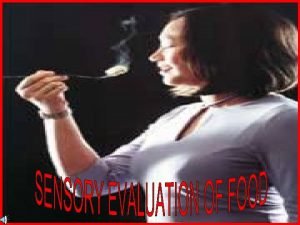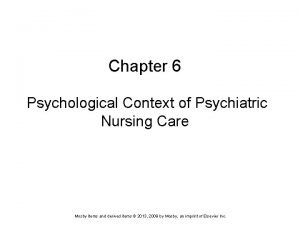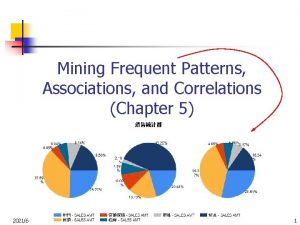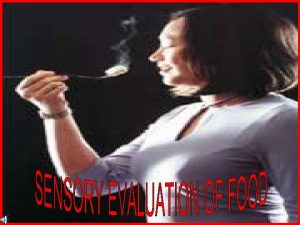Emotions and Psychology comfort food and food associations










- Slides: 10


Emotions and Psychology comfort food and food associations Culture and Geography such as this Greek cuisine Beliefs Christmas cookies and Jewish Matzoh Health Concerns i. e. low fat for heart health Technology allows new Food Costs products, & access to many foods and cooking methods

Flavor is a ‘quality’ of food involving all the food’s sensory characteristics: appearance, taste, odor, feel, and sound. Appearance can be a Green eggs and sign of quality or ham and purple catsup defy the ripeness. It can be ‘expectation’ of an ‘expectation’. good food color. Colors and shapes Some consumers and an attractive cannot accept presentation are key them. contributors to the appearance of food. A ‘garnish’, is an edible decoration added to another food item to improve appearance. When the picture of the sandwich in the ad looks neat, but the actual food looks sloppy and flat… flavor is affected.

A congested nose may leave you temporarily ‘taste blind’, or unable to distinguish between flavors of some foods. Taste blindness can also be caused by some diseases, medications, and medical treatments. Extremely magnified taste buds

Smell and taste are closely linked. The taste buds of the tongue identify taste, and the nerves in the nose identify smell. Both sensations are communicated to the brain, which integrates the information so that flavors can be recognized and appreciated. Some tastes—such as salty, bitter, sweet, sour, and savory (umami)— can be recognized without the sense of smell. However, more complex flavors require both taste and smell sensations to be recognized.

A food may taste differently, depending on the temperature it is when eaten. ‘Volatile’ substances are those that are easily changed into vapor when food is heated. This adds to the food’s odor, which in turn affects taste. Cold foods may numb the tongue and make it seem tasteless. Heat increases the sweet taste of some sugars; cold increases saltiness of a food.

Collectively, the mouthfeel, sound, and consistency of a food all contribute to the ‘texture’ of the food. ‘Mouthfeel’ refers to the way a food feels when it is in the mouth. Mouthfeel is affected by the temperature of the food. The consistency of a food refers to its degree of firmness or density. A food’s texture cannot be separated by the sound of the food while you are eating it. If you are expecting a cereal to be crunchy, and it’s soggy… you will not be satisfied.

The sensory evaluation of food is an exact science, and involves scientifically testing food using the human senses of sight, smell, taste, touch, and hearing. Food industries employ highly trained experts and laboratory panels of people with refined skills and sensitivity to evaluate new and existing food products.

Companies sometimes use large consumer panels to taste-test foods, usually limited to three samples at a time. Sometimes panel members sit in individual booths to minimize distractions. Lighting and temperature are kept constant, and efforts are made to eliminate bias (i. e. colored lights hide differences in food sample colors). Testing is done in late morning or early afternoon when people are more responsive. Eating a cracker or rinsing the mouth with water cleanses the palate between samples (warm water with fatty foods). Time is allowed to evaluate aftertaste.

 Comfort food psychology
Comfort food psychology Example of loose associations in schizophrenia
Example of loose associations in schizophrenia Loose associations psychology
Loose associations psychology Loose associations psychology
Loose associations psychology Contact comfort psychology definition
Contact comfort psychology definition William james theory
William james theory What is horticulture
What is horticulture Mining frequent patterns associations and correlations
Mining frequent patterns associations and correlations X videos
X videos Savings and loan associations
Savings and loan associations Savings and loan associations
Savings and loan associations



















